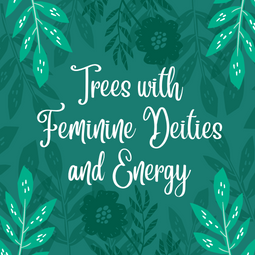“By far the most common subjects of Japanese poetry are the cherry blossoms and the reddening maple leaves of Autumn. If one were obliged to read through all the twenty one imperial anthologies between the tenth and fifteenth centuries, one would certainly end by being thoroughly bored with both cherry blossoms and maple leaves.”
Hulme, N.G.1995. ‘Japanese Aesthetics and Culture’. State of New York University Press
 Orange leaves on a Phoenix Japanese Maple Tree
Orange leaves on a Phoenix Japanese Maple TreeOctober's tree of the month is, in my opinion, one of the most beautiful additions you can make to any autumn garden. Depending on which variety you opt for, the leaves of Japanese Maples can produce an entire spectrum of autumn colours - from green through yellow, orange and red to deep, glossy purples.
Natural History
The formal name for this deciduous tree is Acer Palmatum, named by a Swedish botanist in the late 1700’s for its hand-shaped leaves.
Carl Peter Thunburg returned from his voyage to the Far East with drawings of this graceful tree, but no actual specimens made it to England until the 1820s, although this tree had existed in its native Asia for centuries before this.
Ancient Wisdom
As the words of Nancy Hulme will attest, Japanese Maples have long held a place in the culture and art of the Japanese people. In fact, they are the focal point of an incredibly long-standing tradition - Momijigari, which dates back to the Heian period (794 - 1185 AD). Translating to ‘red leaves hunting’ this tradition sees people travel in their droves to scenic areas to view the vivid red leaves of autumnal maple trees.
Known by the name ‘Kito’, these trees have become synonymous with calm, peace and rest. They are highly valued for their graceful aesthetics by Japanese gardeners and are often used by for bonsai art.
Planting a Japanese Maple symbolises that you are welcoming Autumn as a friend.
Care Advice and Tips
This is a great choice of tree for a novice gardener as acers are easy to grow.They will do well in almost all types of soil provided they are well drained - maples hate wet feet!
Reaching a maximum of 10 ft, Japanese Maples are of a suitable size for most gardens, and can even be grown in pots.
When finding the perfect spot in the garden for your Japanese Maple, make sure you look for a shady spot with some sun. They do need some sun in order to achieve their glorious fall colouration but in full sun they are extremely susceptible to leaf scorch.
 ... right through to deep reds and purple.
... right through to deep reds and purple.

